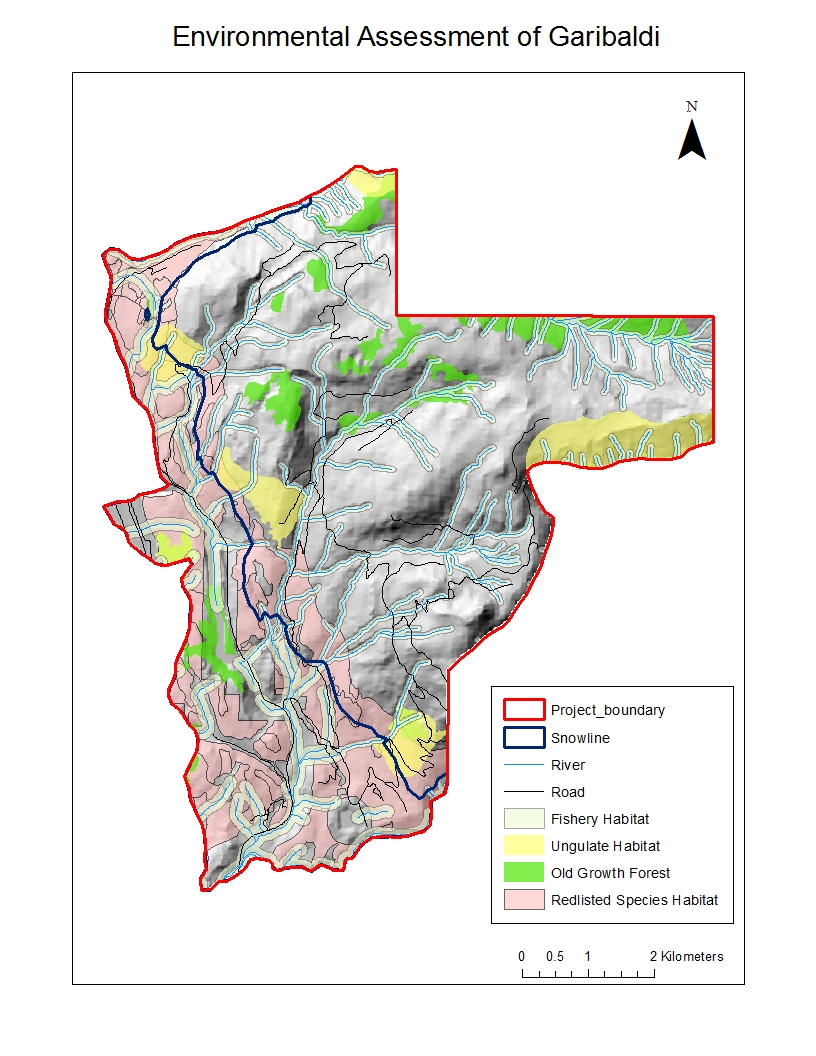This course turns out to be beyond my expectation of learning. Although I had previous GIS experience from other courses, but the diversity of topic the course cover really helps me build up my knowledge and application of GIS.
Category: Courses
Improving Bus Routing in Metro Vancouver
The current bus routing and services are not meeting the needs rising from the increased population in the city of Vancouver. Besides building new rail lines, improving bus services will be a more efficient and an immediate way to solve the problems of traffic congestion and overcrowding on public transport.
There has been a call for more transit services in Metro Vancouver as the population in the area is on the rise. Instead of waiting for rapid transit to run in the long term, improving bus services can be an immediate and effective solution and get rid of traffic congestion at the same time. In this report, we aim to identify areas that need transit improvement the most in Metro Vancouver. We filter areas by 3 factors, including population density, mean commuting time and walking distances from bus stops. We find out that about 15% of Metro Vancouver may require transit improvement. Those areas are generally located at the suburbs such as south Surrey and south Langley, where there are much people living and spend longer time to commute. We also propose some new routes running in those areas hoping to meet the needs from the high population and shorten traveling time.
Environmental Assessment of the Garibali at Squamish project

Quantitative Data Classification and Housing affordability

There are several methods of data classifications which can be utilized depends on the analysis. The figure above shows the housing cost in Vancouver with 4 different data classification. For example, If I am a journalist, I would choose natural breaks, because it shows audience the a very distinctive distribution of housing cost across metro Vancouver. If I am a real estate agent, I would use the manual break, which allow me to manually differentiate the housing cost near UBC. Each method can have biases, the manual break classification may skew the housing cost distribution which makes the map appear to have more affordable housing cost.
Data used for analysis in maps in the figure above are from 2011 census data. I think it is still reasonable to use the 2011 data, because the latest data is not available yet. However, if there are other sources available in later data, it might be useful to compare with the government published data and check if there is significant change.

Affordability measures the housing cost to income ratio to determine how affordable houses are in particular area. Housing affordability is a better indicator than housing cost alone, because it takes prospective home buyers’ income into account whether they can afford to own a house in certain area. For example, relatively high housing price can still be affordable to people with high income.
Housing affordability is classified into 4 rating categories: affordable, moderately affordable, seriously unaffordable, and severely unaffordable. These rating categories are determined by the 13th Annual Demographia International Housing Affordability Survey in 2017, which data was gathered from about 90 metropolitan centres. This data is recognized by the United Nation and World Bank, so it should be trust worthy. However, it may not fully represent the actual condition of specific area. Figure above compares the housing affordability between Vancouver, BC and London, ON.
Housing cost is one of the major factor that influence the livability of a city. Affordability can be a good indicator, because it suggest the income level and cost of living in a city. However, it should not be the only factor to consider in evaluating a city’s livability.
Planning for Tsunami in Vancouver – Health Care and Education
Map – Tsunami Risk Zones of Vancouver
List of healthcare and educational facilities within the Vancouver danger zone:
- FALSE CREEK RESIDENCE
- VILLA CATHAY CARE HOME
- BROADWAY PENTECOSTAL LODGE
- YALETOWN HOUSE SOCIETY
- EMILY CARR INSTITUTE OF ART & DESIGN (ECIAD)
- HENRY HUDSON ELEMENTARY, FALSE CREEK ELEMENTARY
- ST ANTHONY OF PADUA
- ECOLE ROSE DES VENTS
Facilities were identified in ArcMap via “Select by location” function by selecting education and health facilities from the tsunami affected layer. Then create a new layer, and look up in the attribute table for name of the affected facilities.
Map – New St. Paul’s Hospital Location and Relative Risk to Tsunami
The new St. Paul’s Hospital is located in the tsunami danger zone, and it is very close to water. Therefore, it will be susceptible to an event of flooding.
How to fix misaligned and improperly referenced spatial data, and the advantages to using remotely sensed Landsat data for geographic analysis
Properly referencing your spatial data while working with maps is very important to obtain accurate and precise results. In ArcMap, the function of project-on-the-fly temporarily changes the projection of a newly added layer to align with the existing layers. Another method to fix or define the projection of a layer is by using the Projection and Transformation tool in ArcMap. This function allow to change the projection of a layer permanently.
Remotely sensed Landsat data records the energy reflected and remitted from earth’s surface in forms of wavelength. With this data, we are able to analysis information which is difficult to assess and obtain on ground. For example, Landsat data can provide data on energy being absorbed by the rain forest in South America, which allow the researcher to map the change in energy used. Landsat data has records since 1970s, and the long history of archive allow analyst to assess and compare the geographical changes over time. All the Landsat data are available in digital form, which makes them are accessible and easy to work with for geographical analysis.